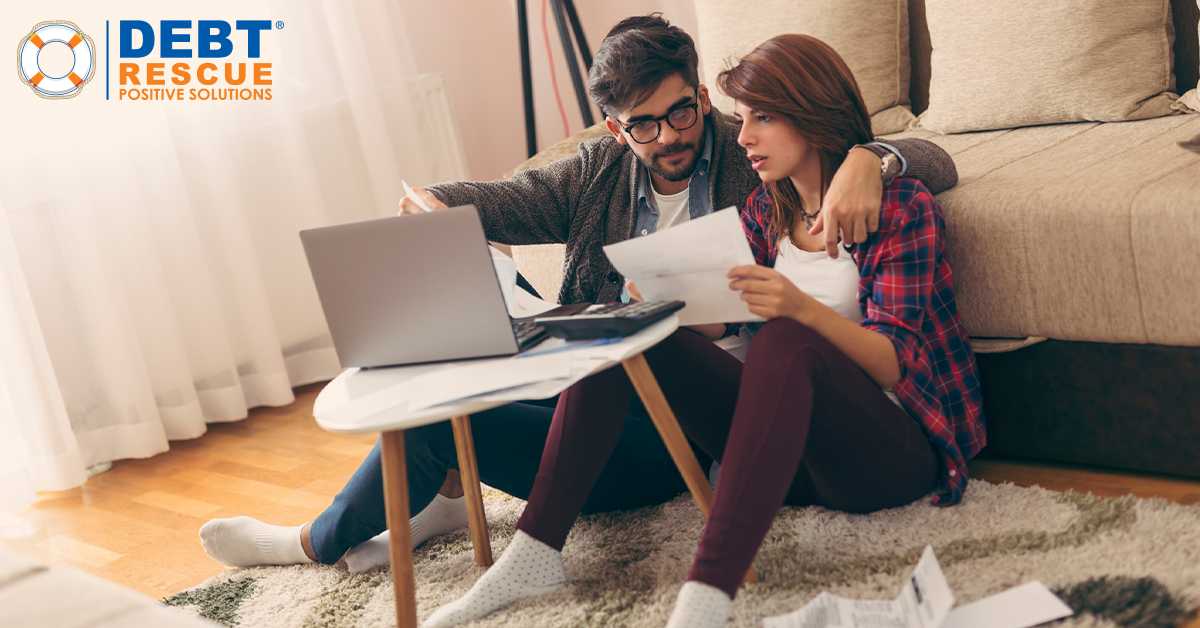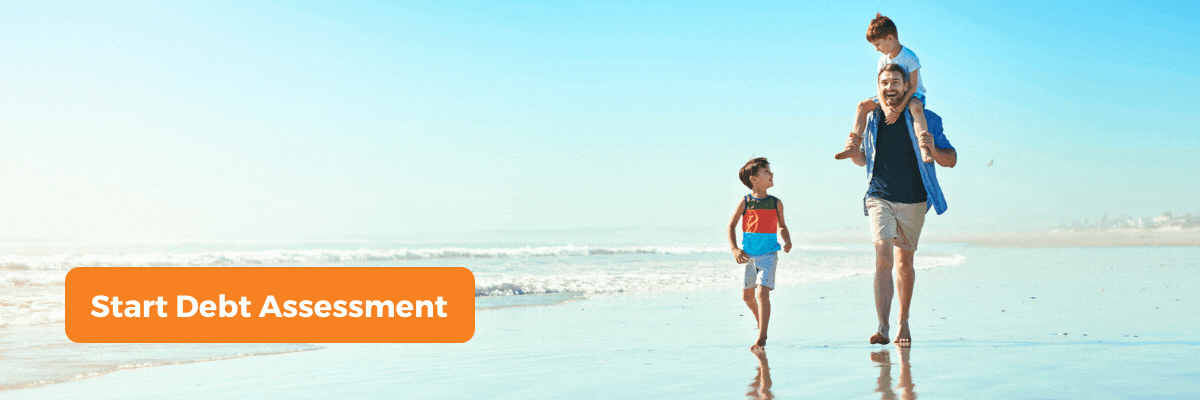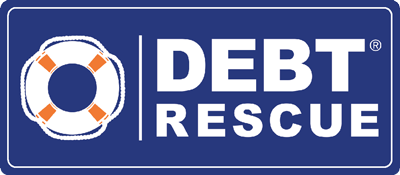The one thing that keeps many people awake at night is debt, with more than 50 per cent of Australians stressed about their finances, according to the Mortgage Choice Financial Fitness 2019 Whitepaper.
When bills are piling up, you may feel overwhelmed by the amount of money you’re spending on debt. However, not all types of debt are bad. If you’re focused on getting out of debt fast, the first step is to understand the difference between good and bad debt so you can prioritise paying down the bad debt first.
What is Good Debt?
Good debt is lower-interest debt which is used to acquire assets that generate income or appreciate in value over time.
1. Home Loan
A home loan or mortgage is classified as good debt because the property increases in value while you own it – or even better, it can generate rental income.
2. Education
Taking out a student loan to study higher education should help you qualify for better jobs, which will result in a better financial future. There are many government assistance loans which you may be eligible to apply for if you’re looking to study. Loans such as HECS-HELP and FEE-HELP are designed to help you gain a degree in a subject that attains to your future career.
If you’re not eligible for HECS-HELP government assistance or your continued study does not fall under the eligibility requirements, you can seek alternatives to paying for you study, such as a personal loan. As long as you successfully graduate and use your degree and/or experience as leverage to find the perfect job, your student loan will be good debt.
3. Investments
Borrowing money to invest in stocks, bonds, real estate or even owning a business is seen as good debt. Investments, however, don’t come without risks. For example, if you apply for a home loan to purchase an investment property without researching the flood plans, you could lose major value on your property if it floods. It’s also important to do your research and make sure you can afford an investment before taking the risk.
Too much of any kind of debt – no matter the opportunity it may create – can turn it into bad debt.
What is Bad Debt?
Bad debt is anything that decreases in value the minute after you buy it. It’s when you purchase something that won’t go up in value or generate any income.
1. Credit cards
Credit cards are a common form of bad debt. The interest rate on a standard credit card is 19%, with rates ranging from 9% up to 21%. An exceedingly high interest rate makes this form of bad debt extremely difficult to repay, which is why many Australians are struggling with the effects of credit card debt. It’s best to avoid using credit cards altogether. If you’re facing financial difficulties due to credit card debt, you can apply for a credit card balance transfer or debt consolidation loan.
2. Car loans
Cars depreciate in value as soon as you drive it off the car lot. You may have been attracted to a shiny new car, but If you don’t need a car for your job, there are other alternatives which may suit you better than racking up bad debt in the form of a car loan. You may want to consider purchasing a second-hand car or consider an electric scooter.
3. Clothes, Consumables and Other Goods
Expensive clothing, technology such as a new laptop or phone and consumables like beer and wine are all considered bad debt. They don’t generate income or increase your net worth. If you want to upgrade to the latest iPhone and buy that new pair of high heels, consult your budget before you stick it on the credit card.
Tips to Managing Debt
If you’re struggling with unmanageable debts, there are options available which can help eliminate the financial pressure involved.
- Consolidate your bad debts. Consolidating your debt can help you reduce your interest, fees and overall debt into one easy-to-manage payment.
- Create a budget. If you don’t have one already, you should create a budget which lists all of your incoming and outgoing expenses. You can download our free budgeting booklet, a Roadmap to Financial Freedom, which can help you get started.
- Set up a regular savings account. Once you’ve finished your budget, you should add any surplus money into a savings account on a regular basis. From this, you will grow an emergency fund which you can fall back on if you experience financial difficulties.
Escape Bad Debt Today
If you’re experiencing financial difficulties, Debt Rescue can assist. We offer a wide range of solutions to combine your debts into one, easy-to-manage repayment while pausing interest and fees. Get in touch with us today on 1800 003 328 for a free 30-minute consultation.
-137x60px.png)




